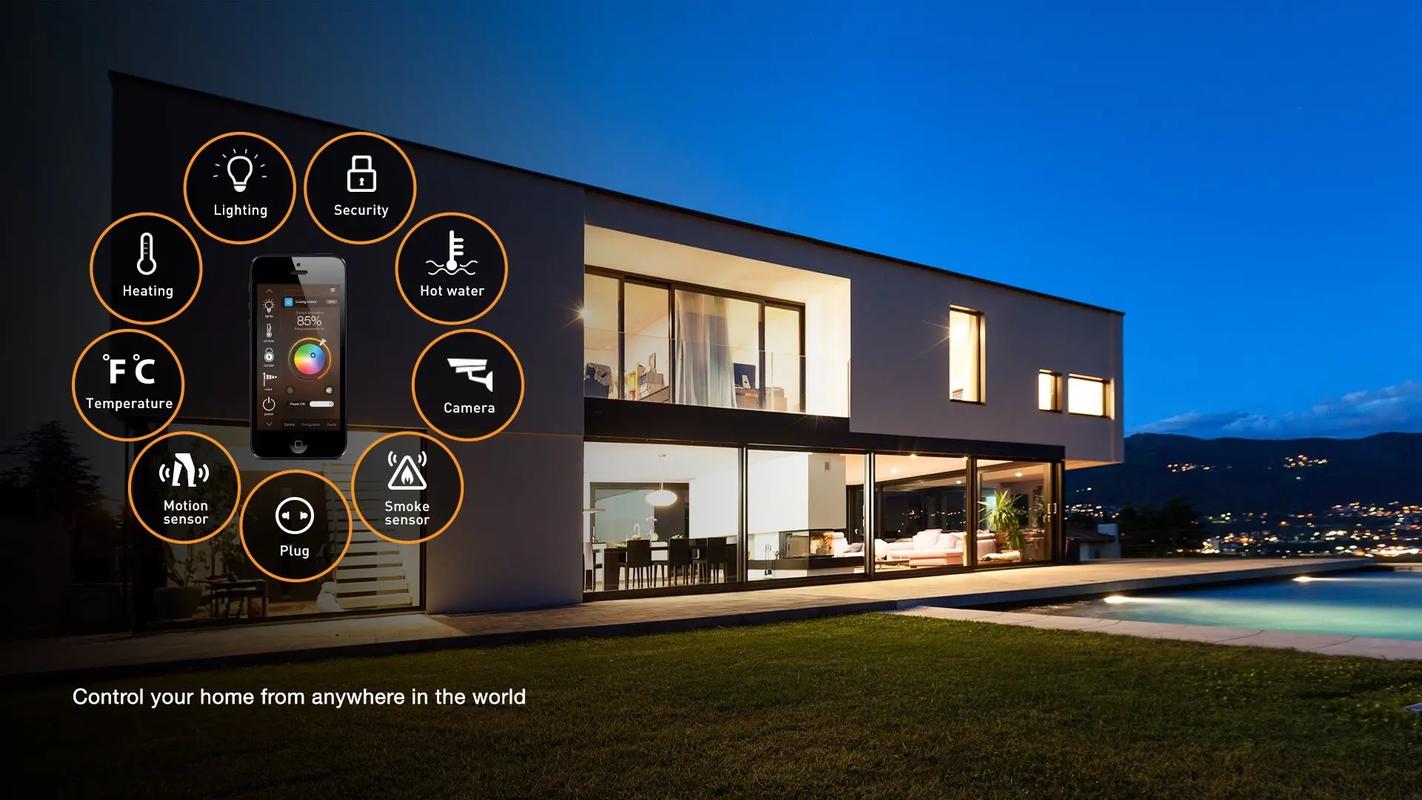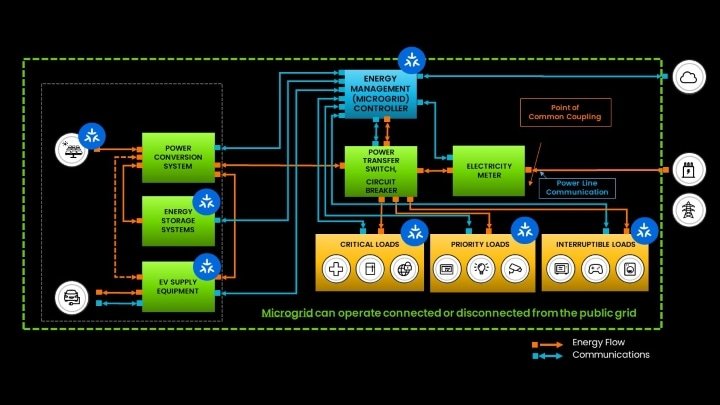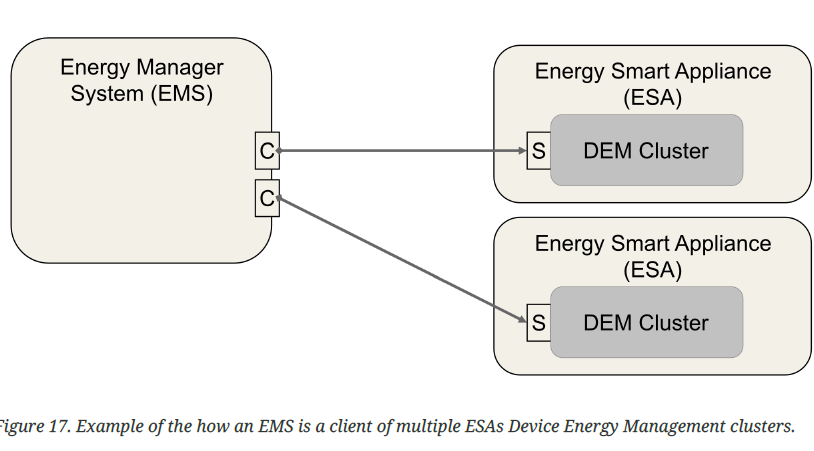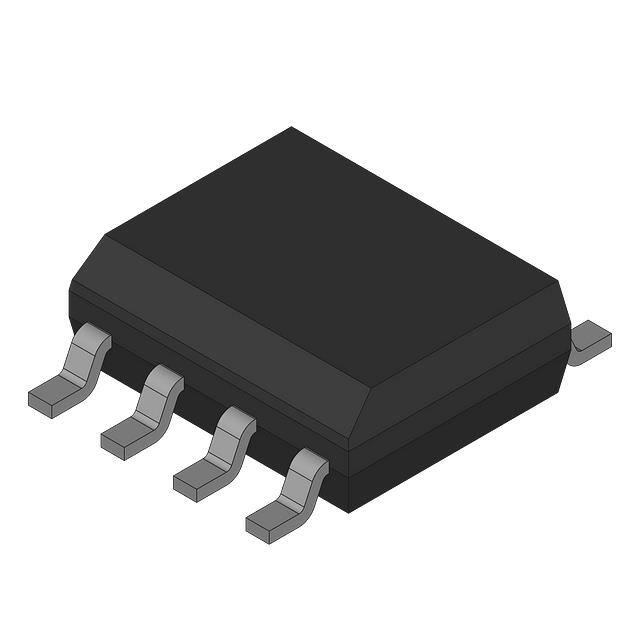Matter 1.4 Makes Smart Home More Powerful
Matter is an Internet of Things (IoT) standard promoted by the Connectivity Standards Alliance (CSA). Matter's goal is to provide a universal smart home standard that is cross-brand and cross-platform, supports interoperability between different devices and platforms, and simplifies development and user experience. Matter supports mainstream operating systems (such as Android, iOS, Linux, etc.), mainly targeting common smart home devices such as smart lamps, door locks, thermostats, sensors, etc.
Matter 1.4: A new standard to improve smart home interoperability and energy management
In the latest release of Matter 1.4, the Connectivity Standards Alliance (CSA) further improved the interoperability between IoT devices, allowing devices from different brands to connect and interact more easily. Users only need to make simple settings to integrate devices that support the Matter protocol into multiple IoT ecosystems at the same time, such as HomeKit, Google Home or Alexa, eliminating the cumbersome subsequent setup process and making smart home management more centralized and convenient.

In Matter 1.4, energy management applications are added, and the following new devices are also added:
Electric water heaters
Solar devices
Energy storage batteries
Heat pumps
Network infrastructure managers
Thread border routers
As Matter continues to develop, the evolution of the features and device types supported by Matter 1.4, as well as the improvements and expansions planned in Matter 1.5, will greatly promote the popularity of Matter and bring great value and multi-faceted benefits to end users. In particular, the following key areas:

1. Energy management
Without smart energy and coordination, the evolution from smart home to truly automated home cannot be achieved. With Matter 1.4, many of the basic elements for energy devices and key loads to work together are now in place. These elements for device-level energy management control and reporting provide the foundation for devices to operate locally (device to device) without relying on the cloud and the complexity it brings.
2. Home network infrastructure
In order for consumers to directly create a Matter-based smart home environment that meets their preferences and needs, they must have the right infrastructure in their homes. Matter 1.4 adds support for certification of home routers and access points (HRAPs), which can be integrated into new HRAP devices or upgraded to HRAP devices currently installed in the home. This will create more paths for the seamless connectivity required by Matter.
3. Enhanced multi-administrator capabilities
Matter provides consumers with multiple choices and flexibility to build smart homes, allowing them to make purchasing decisions based on features and experience, rather than being restricted to a specific ecosystem or brand. Since Matter 1.4, enhanced multi-administrator capabilities have been introduced and are planned to be further expanded and improved in Matter 1.5 to make the end-user experience simpler and more powerful.
Energy management applications have become an important part of IoT devices. The Matter 1.4 standard supports energy efficiency management and improves interoperability between devices. These energy management-related devices have basic and optional functions, making their applications in smart homes and energy management systems (EMS) more flexible. Here are the highlights of the features of these devices:

Basic functions
The basic functions of Matter energy management devices ensure that the device can accurately communicate its energy consumption status and operating limits. All such devices should support the following functions:
Device capability and power limit status: Displays the energy efficiency status of the device and its operating limits, such as maximum power or power usage limit.
User exit option: Provides users with the option to exit energy efficiency management mode, allowing users to flexibly choose whether to participate.
Safety limits and alarms: Have necessary safety limits to prevent excessive use or other risk conditions, and trigger alarms when potential risks are detected to ensure user and device safety.
Optional features
To further enhance the efficiency of the energy management system, Matter devices also support optional features that provide energy efficiency optimization and data prediction capabilities:
Power adjustment and load control: The device can adjust power according to the requirements of the EMS, such as load control during peak power consumption to reduce unnecessary energy consumption.
Prediction data feedback: The device can provide predicted power usage data for EMS to conduct further energy consumption analysis and configuration optimization. When the power configuration is updated, the device will return this data to the EMS to help the system continue to perform effective power management.
Conclusion
The release of Matter 1.4 marks a major advancement in the interoperability and energy management of IoT devices. Through this standard, devices from different brands can collaborate more seamlessly, and users can easily integrate them into multiple IoT ecosystems, greatly simplifying the management process of smart homes. At the same time, the energy management function in Matter 1.4 makes energy efficiency optimization more intelligent and precise. It not only provides real-time feedback on device energy consumption status and operation restrictions, but also supports power adjustment and data prediction, helping users achieve comfort and convenience while reducing energy consumption.
With the continued development of the Matter standard, we can expect a more efficient and secure smart home experience, which will also further promote the growth and maturity of the global IoT ecosystem.


